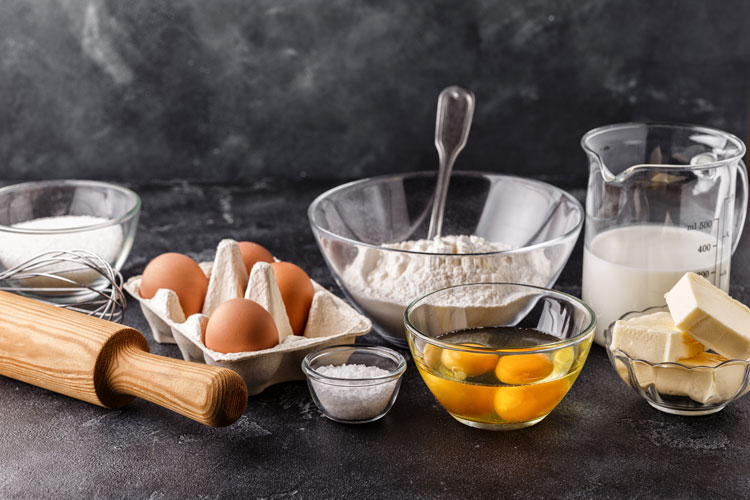
The coronavirus pandemic has brought to light a number of new consumer behaviors. Among them is an interesting trend that has emerged in purchasing decisions.
“More than anything, America was baking. We were going baking crazy,” explained Anne-Marie Roerink, president of 210 Analytics during the July 9 Hoard’s Dairyman DairyLivestream. In an analysis that she completed with the International Dairy Deli Bakery Association, Roerink identified baking as a category that “won” in the midst of coronavirus.
“Baking became what we call a cocooning behavior,” Roerink said. “It gave people something to do, it helped with their anxiety, and kids loved it. Yeast was sold out; flour was sold out; and of course, all the dairy items that go hand in hand with them – the butter, milk, and eggs – all were up between 70%, 80%, or 90% above the same week last year.”
This is good news for the dairy case and particularly a few dairy products. According to Mike Brown, the dairy supply chain director at Kroger Company, there’s been an uptick in specific products that are closely associated with baking.
“In butter, we have seen three times the growth in unsalted as in salted, which again goes back to that whole baking thing,” Brown said. “We’re actually changing our order strategy.”
Will the trend stick?
That’s the greater question that virtually all of the dairy supply chain would like to know.
“A lot of people ask me, ‘Do you think that all is going to stick?’” Roerink said. “Once evening activities start back up and once we have to commute into the office again, that same pressure on time that a lot of consumers have will continue to come back.”
Even though that’s true, Roerink remains hopeful that people have learned new skills during their weeks at home cooking and baking.
“We’ve had four months where people were forced to cook and bake and learn new skills and so we had a lot of consumers who did things, cooked things, baked things, and bought items that they had not bought in years. I think that’s going to be a huge opportunity for our industry going forward,” she said.
Based on grocery data, these days of cooking may have been especially beneficial for younger consumers. In monitoring meat purchases, cuts that previously were purchased on a very small scale are now experiencing greater sales.
As Roerink describes it, younger consumers were stuck in culinary comfort zones. “They knew how to flip a burger; they knew how to make chicken breasts; but that’s about where the knowledge ended,” she explained. “They were very intimidated by things like seafood and the higher end beef cuts.”
Moving forward, Roerink believes that their improved culinary skills will offer opportunities for dairy. “People are now more knowledgeable, more confident in the kitchen, and that just means that they’re going to buy that going forward,” she explained.
“I have to think about what are the big opportunities for the dairy category, regardless of where you sit in the supply chain. I would say people have re-engaged with dairy products across the board, and let’s make sure that they have a great experience,” Roerink concluded.
An ongoing series of events
DairyLivestream will air twice each month for the remainder of this year. The next broadcast will be on Wednesday, July 22 at 11 a.m. CST. Each episode is designed for panelists to answer over 30 minutes of audience questions. If you haven’t joined a DairyLivestream broadcast yet, register here. Registering once registers you for all future events.








